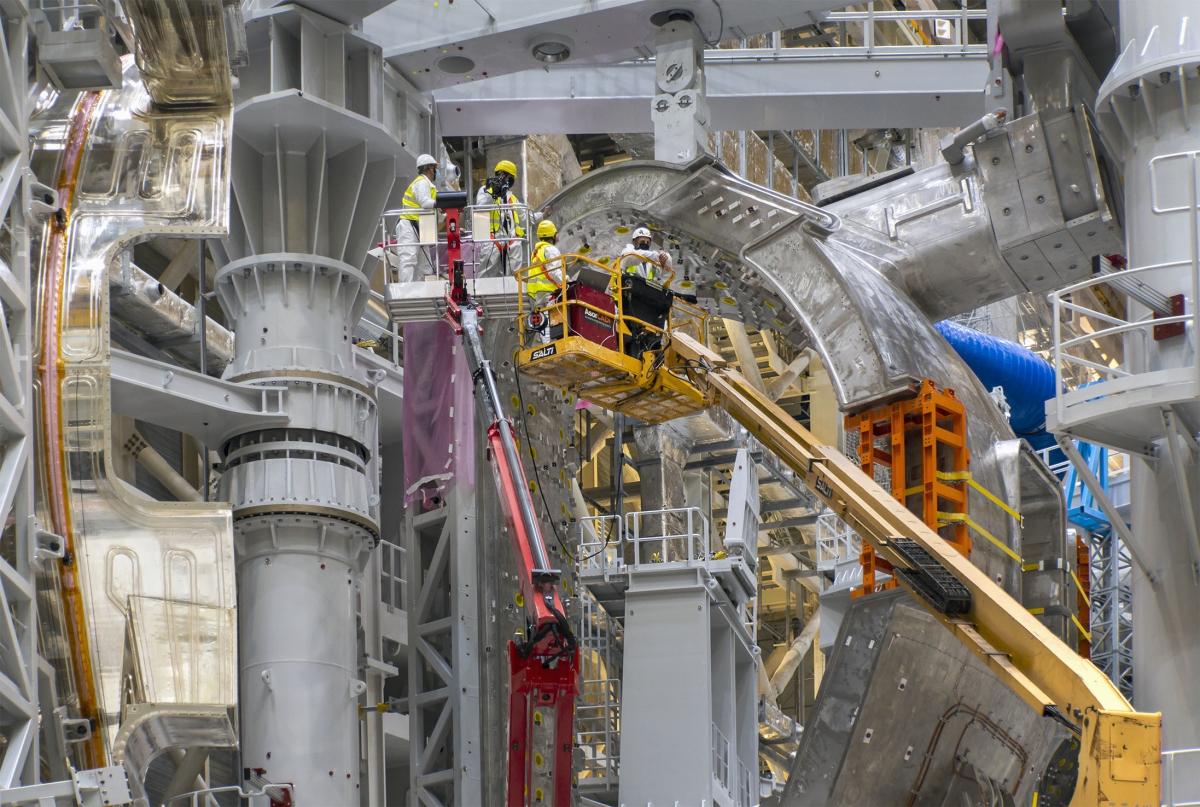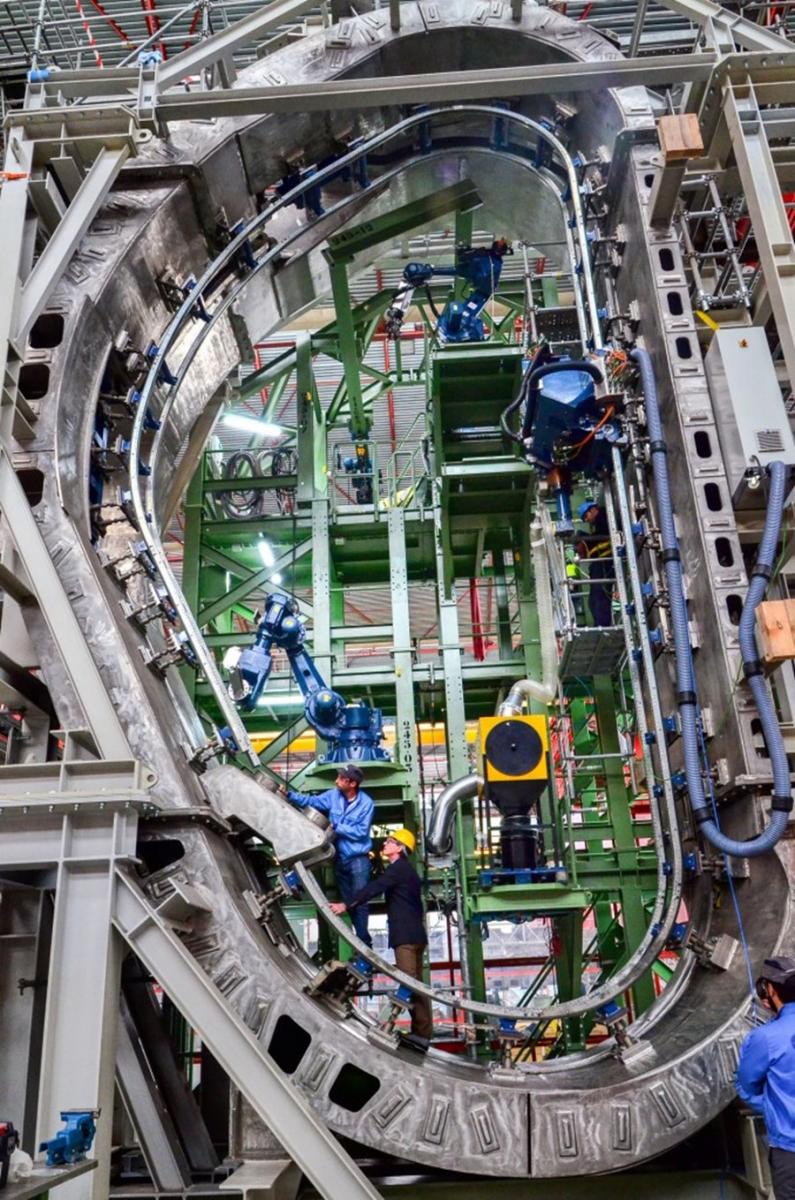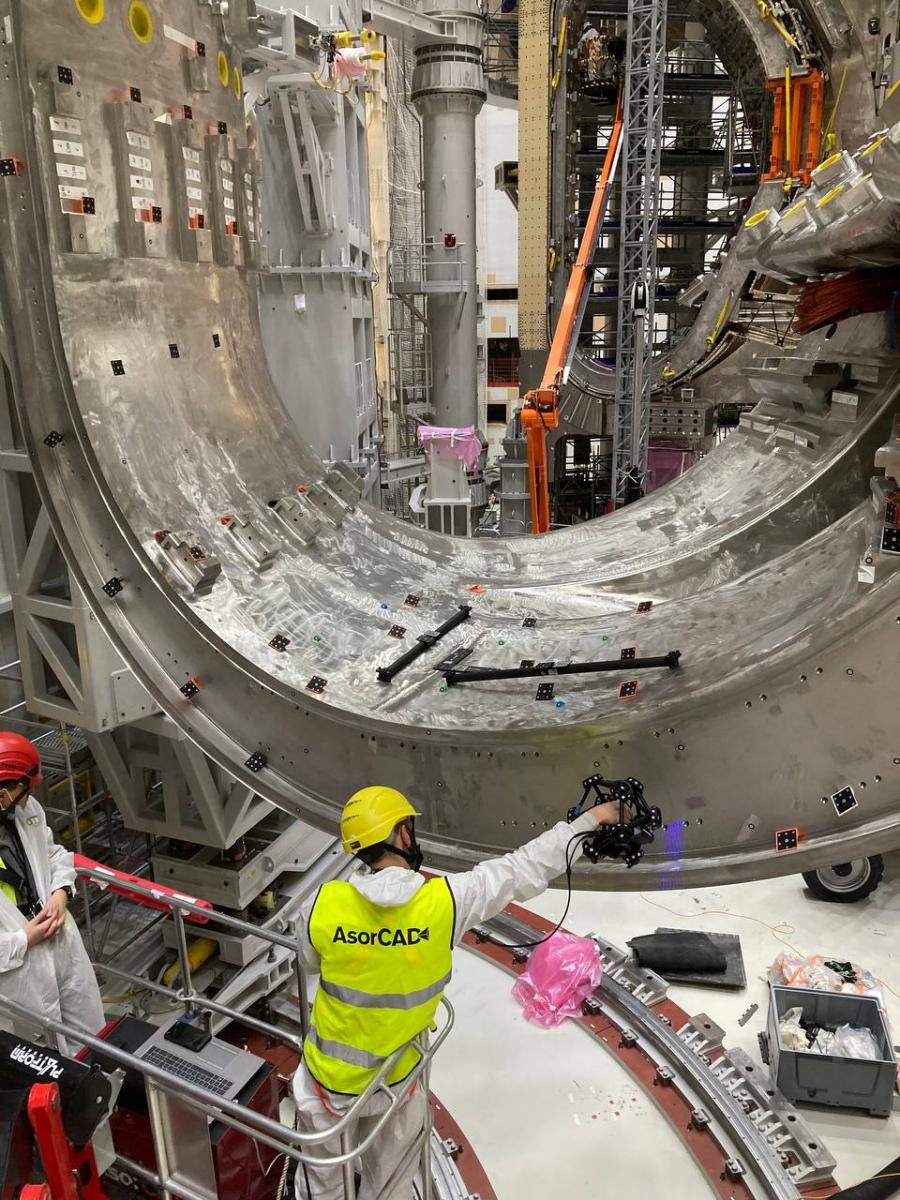Exit this form
Are you sure you want to quit this form?
In the nuclear industry, where precision and safety are paramount, the methods used for weld inspection significantly impact both the quality of the results and the well-being of employees. This is particularly true when Gamma rays are prevalent, posing substantial health risks to workers.
Traditionally, manual measurement techniques have been employed, but these methods can be time-consuming and demanding due to the extensive protective equipment required to mitigate radiation exposure. This not only complicates the measurement process but also increases the duration workers spend in hazardous conditions.
A transformative solution is the adoption of 3D scanning technology. We explore here the benefits of transitioning from manual techniques to 3D scanning, highlighting how this shift ensures better data accuracy while prioritizing the safety and health of employees.

If the parts are not the correct size, it will impact the weld quality. As we know, the structural components of a nuclear reactor must withstand high temperatures, pressures, and radiation levels. Defective welds can weaken the structural integrity of these components, increasing the risk of cracks and gaps, leading to nuclear material leaks and harmful radiation exposure to workers, the environment, and the general public.
Nuclear NDT technicians are exposed to radiation when taking measurements. Performing dimensional inspection on welds with manual tools is time-consuming and challenging. The necessary personal protective equipment (PPE) reduces dexterity and can impact measurement accuracy. Traditional measuring tools also rely on interpretation, measurement conditions, and the technician's skills, adding further complexity.
Although manual tools work relatively well on flat surfaces like floors and cylinders, they are unsuitable for curved geometries because they can only relate to a single contact point. Consequently, the contact point becomes subjective to the individual technician, meaning that the results will vary from person to person. Depending on the chosen contact point, subsequent measurements may all be biased. Therefore, relying on manual tools to measure curved surfaces is hazardous.

USER-INDEPENDENCE
With 3D scanning, the acquisition is entirely independent of how the measurements are taken and how skilled the technicians are. The technique ensures that service companies obtain consistent results regardless of the technician’s experience, allowing them to confidently proceed with data acquisition and analysis.
ACCURACY AND 100% INSPECTION COVERAGE
Only 3D scanning technology can capture intricate areas inside holes, tubes, or pockets. It remains the only technique on the market with the accuracy (up to 25µm) and data quality (noiseless) needed to compare the evolution of barely perceivable damages over time, even with slight variations in geometry or thickness.
EASE OF USE
With plug-and-play devices requiring minimal dexterity, user-friendly interfaces displaying real-time data acquisition, preconfigured parameters, predefined workflows, and auto-generated reports, technicians can now perform dimensional inspections in hazardous conditions quickly and reliably. With one click, they can start digitalizing surfaces.
SPEED
With 3D scanning, field acquisition takes only a few minutes, a fraction of the time required with manual techniques. This efficiency instills confidence in the technology's performance, as technicians can quickly analyze, classify, and report all damages detected on the structural components of a nuclear reactor with just one click.
VXintegrity’s Monitoring Module, bundled with a 3D scanner, is the only technique on the market that offers fast, human-independent, and accurate results, guaranteeing 100% surface inspection coverage, even in hard-to-reach areas.

3D scanning enhances the accuracy of data collection and significantly reduces the time nuclear NDT technicians need to take measurements. By minimizing exposure to Gamma rays, 3D scanning offers a safer and more efficient alternative to traditional techniques.
Once the technician has digitalized the different welds, the NDT software platform enables them to measure various dimensions, such as tube wall thickness and cross-sections inside and outside the tube, for ovality control. This inspection technique allows for more comprehensive analyses compared to traditional tools, demonstrating the versatility and thoroughness of 3D scanning in weld inspection.
With VXintegrity’s Monitoring Module, all measurements can be documented automatically in a customizable report, ensuring that acquired data is consistently and accurately recorded, thereby reducing the risk of human error associated with manual report creation. VXintegrity's ability to generate inspection reports automatically enhances the reliability and efficiency of the inspection process, leading to better traceability and compliance with nuclear industry standards.